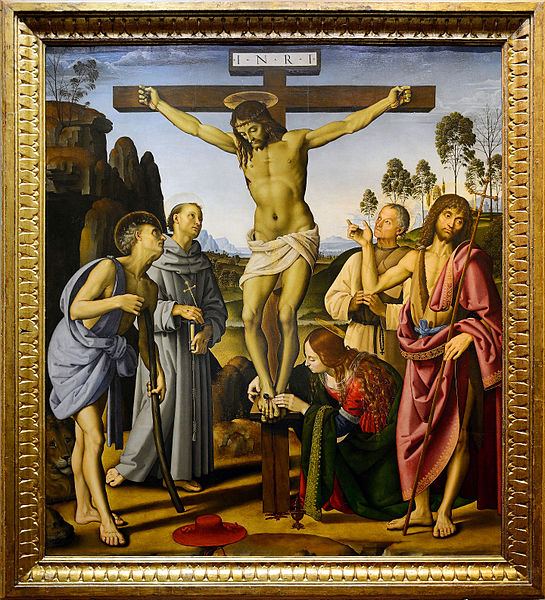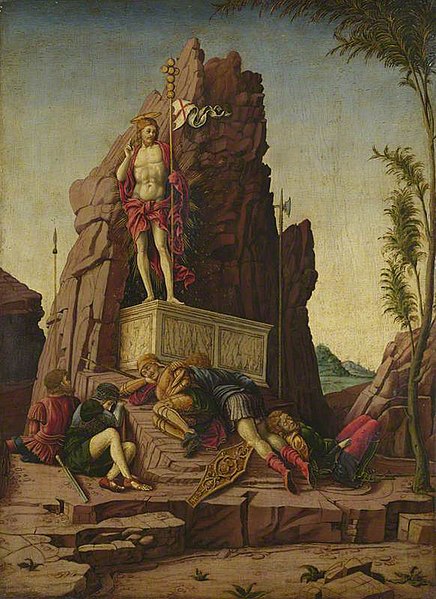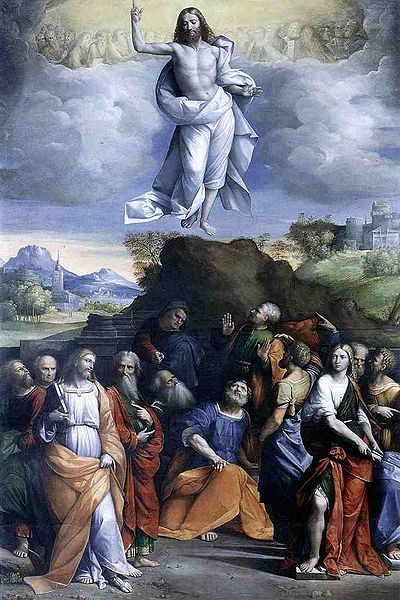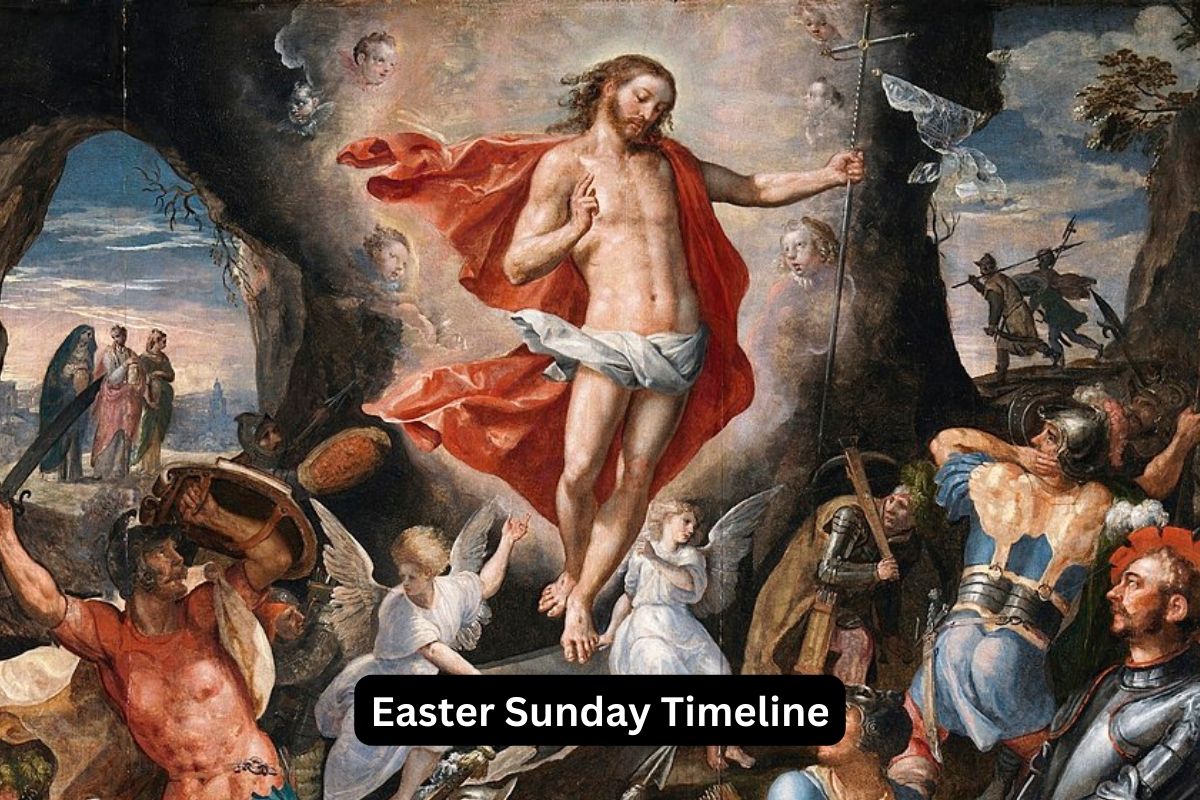Easter Sunday is a pivotal day in Christian tradition, commemorating the resurrection of Jesus Christ from the dead. This timeline, as recorded in the New Testament, outlines the key events leading up to and following Easter Sunday.
From the crucifixion on Good Friday to the appearances of Jesus after his resurrection and his eventual Ascension into heaven, these events hold immense significance in the Christian faith, symbolizing hope, new life, and the promise of eternal salvation.
| Event | Description |
|---|---|
| Crucifixion (Good Friday) | – Jesus was arrested in the Garden of Gethsemane. – He underwent a series of trials before religious leaders and Pontius Pilate, the Roman governor. – Jesus was crucified on a Friday, which is now known as Good Friday. – He was placed in a tomb owned by Joseph of Arimathea. |
| Sabbath Rest (Saturday) | – According to Jewish customs, no work could be done on the Sabbath (Saturday). – The followers of Jesus observed the Sabbath in mourning and reflection. |
| Resurrection (Easter Sunday) | – Early on Sunday morning, before sunrise, several women, including Mary Magdalene and Mary the mother of James, went to the tomb to anoint Jesus’ body with spices. – When they arrived, they found the tomb empty, and an angel appeared to them, announcing that Jesus had risen from the dead. – The women hurried back to tell the disciples the good news. |
| Appearances of Jesus | – According to the Gospels, Jesus made several appearances to his disciples and followers over a period of 40 days after his resurrection. – He showed them his wounds and provided them with teachings and instructions. – These appearances strengthened the faith of his followers and prepared them for their mission to spread the gospel. |
| Ascension | – After the 40 days, Jesus ascended into heaven in the presence of his disciples. This event is often referred to as the Ascension and marks the end of his earthly ministry. – According to the book of Acts, two angels appeared to the disciples and assured them that Jesus would return in the same way he had ascended. |
Timeline of Easter Sunday
1. Crucifixion (Good Friday):
On the day known as Good Friday, Jesus was arrested in the Garden of Gethsemane, located on the Mount of Olives, just outside Jerusalem. Judas Iscariot, one of Jesus’ disciples, had betrayed him by leading the religious authorities to Jesus.
Also Read: Facts About Easter Sunday
Following his arrest, Jesus underwent a series of trials. He was first brought before the Jewish high priest, Caiaphas, and the Sanhedrin, the ruling council of Jewish elders. They sought to find evidence against him to justify his execution.

The religious leaders, however, were unable to charge Jesus with a crime deserving of death under Jewish law. So, they took him to Pontius Pilate, the Roman governor of Judea, who had the authority to order crucifixion.
Pilate questioned Jesus but found no fault in him that warranted execution. However, under pressure from the crowd and the religious leaders, Pilate ultimately gave in to their demands and sentenced Jesus to be crucified.
Jesus was subjected to a brutal and humiliating form of execution known as crucifixion. He was nailed to a wooden cross, where he hung for several hours until he died.
After his death, Joseph of Arimathea, a wealthy follower of Jesus, obtained permission from Pilate to bury Jesus in his own tomb. Jesus’ body was wrapped in burial cloths and placed in the tomb, which was sealed with a large stone.
2. Sabbath Rest (Saturday):
The day following Jesus’ crucifixion was the Jewish Sabbath, which typically begins at sunset on Friday and lasts until sunset on Saturday.
According to Jewish law and custom, the Sabbath is a day of rest and worship. No work, including burial preparations, could be done on the Sabbath.
Also Read: Lent Facts
The followers of Jesus, including his disciples and the women who had been with him, observed the Sabbath in a state of mourning and reflection. They likely gathered together to remember Jesus and his teachings during this time.
It was a day of sorrow and uncertainty for them, as they awaited the end of the Sabbath to tend to Jesus’ body and tomb.
3. Resurrection (Easter Sunday):
Early on Sunday morning, which is now celebrated as Easter Sunday, a group of women, including Mary Magdalene and Mary the mother of James, went to the tomb where Jesus had been buried. Their purpose was to anoint Jesus’ body with spices, a customary act of respect for the deceased.
As they approached the tomb, they were surprised to find that the large stone that had sealed the entrance had been rolled away, and the tomb was empty.

An angel appeared to the women and announced the astonishing news that Jesus had risen from the dead, just as he had foretold. The angel told them not to be afraid and instructed them to go and tell the disciples about the resurrection.
Overjoyed and filled with a mixture of fear and amazement, the women rushed to deliver the news to the disciples. This event marked the most significant moment in Christian faith, as it confirmed the central belief in the resurrection of Jesus Christ, signifying victory over death and the fulfillment of God’s plan of redemption.
4. Appearances of Jesus:
Following his resurrection, Jesus made several appearances to his disciples and followers over a period of 40 days. These appearances were pivotal in confirming the reality of his resurrection and preparing his followers for their mission to spread the gospel.
Jesus’ first appearance was to Mary Magdalene, who had initially discovered the empty tomb. He comforted her and instructed her to tell the disciples about his resurrection.
On the same day, two disciples encountered Jesus on the road to Emmaus. They initially didn’t recognize him, but as they broke bread together, their eyes were opened, and they realized it was Jesus.
Jesus appeared to the disciples gathered in a locked room, demonstrating his physical resurrection by showing them his wounds and eating with them. Thomas, who was initially skeptical, was invited to touch Jesus’ wounds to strengthen his faith.
Jesus also appeared by the Sea of Galilee, where he performed a miraculous catch of fish and had a conversation with Peter, reaffirming Peter’s role as a shepherd of his flock.
Other appearances included encounters with a larger group of disciples in Galilee and on a mountain, where he commissioned them to go and make disciples of all nations, commonly known as the Great Commission.
These appearances of Jesus served to reinforce the faith of his followers, remove doubts, and provide them with teachings and instructions for their mission.
5. Ascension:
After the 40 days during which Jesus appeared to his disciples, he led them to the Mount of Olives, near Bethany. It was on this mount that Jesus ascended into heaven.
As the disciples watched, Jesus was lifted up into the sky and disappeared from their sight. This event is known as the Ascension.
While the disciples were gazing into the sky, two angels appeared to them and reminded them that Jesus would return in the same way he had ascended.

The Ascension marked the conclusion of Jesus’ earthly ministry and his physical presence with his disciples. It was a moment of both awe and anticipation, as it signaled the continued work of the disciples in spreading the message of salvation to the world.
In light of the Ascension, the disciples returned to Jerusalem and waited for the coming of the Holy Spirit, as Jesus had promised. The Day of Pentecost, which occurred ten days later, marked the empowering of the disciples with the Holy Spirit, enabling them to begin their mission to proclaim the gospel to all nations.
The appearances of Jesus and his subsequent Ascension are significant events in the Christian faith, as they provide assurance of his victory over death and his continued presence through the Holy Spirit. They also serve as a commissioning of his followers to carry his message to the ends of the earth, a mission that continues in the Christian tradition today.
